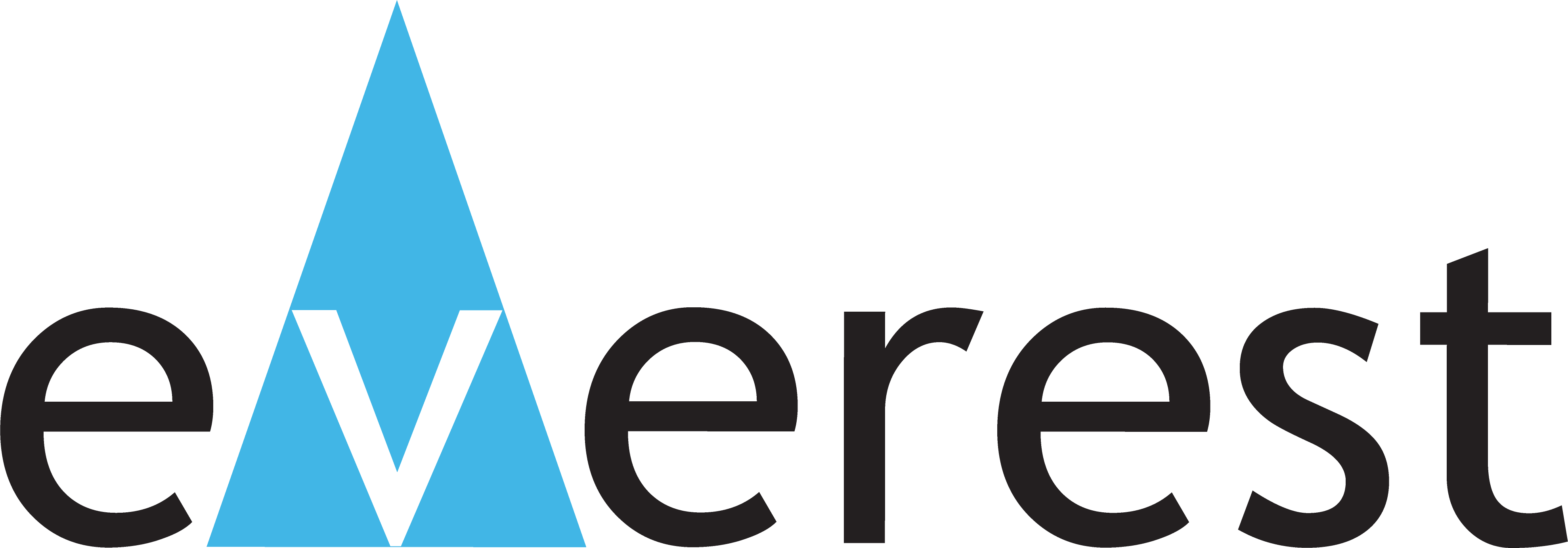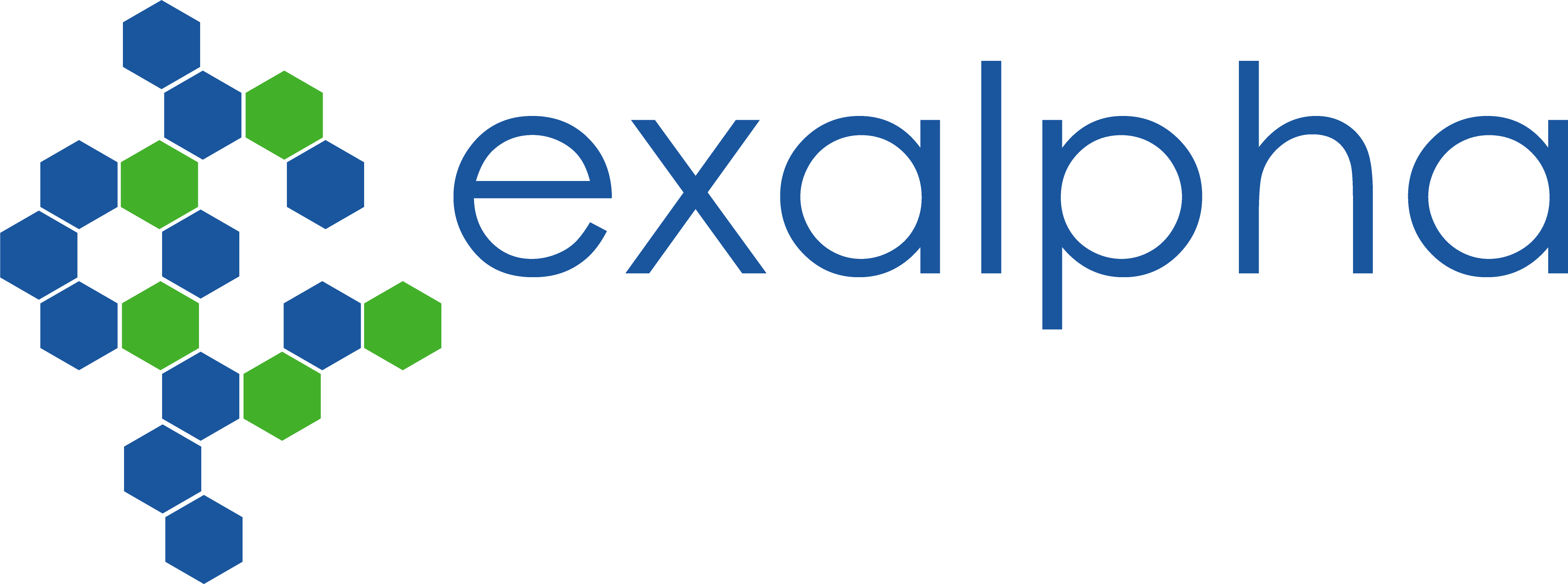order histories, retained contact details for faster checkout, review submissions, and special promotions.
Forgot password?
order histories, retained contact details for faster checkout, review submissions, and special promotions.
Locations
Orders Processing,
Shipping & Receiving,
Warehouse
2 Shaker Rd Suites
B001/B101
Shirley, MA 01464
Production Lab
Floor 6, Suite 620
20700 44th Avenue W
Lynnwood, WA 98036
Telephone Numbers
Tel: +1 (206) 374-1102
Fax: +1 (206) 577-4565
Contact Us
Additional Contact Details
order histories, retained contact details for faster checkout, review submissions, and special promotions.
Forgot password?
order histories, retained contact details for faster checkout, review submissions, and special promotions.
CLIC4
chloride intracellular channel 4
Can insert into membranes and form poorly selective ion channels that may also transport chloride ions. Channel activity depends on the pH. Membrane insertion seems to be redox-regulated and may occur only under oxydizing conditions. Promotes cell-surface expression of HRH3. Has alternate cellular functions like a potential role in angiogenesis or in maintaining apical-basolateral membrane polarity during mitosis and cytokinesis. Could also promote endothelial cell proliferation and regulate endothelial morphogenesis (tubulogenesis).
| Gene Name: | chloride intracellular channel 4 |
| Family/Subfamily: | Ion Channel , Chloride channel - intracellular |
| Synonyms: | CLIC4, CLIC4L, DKFZP566G223, Mc3s5, HuH1, MTCLIC, p64H1 |
| Target Sequences: | NM_013943 NP_039234.1 Q9Y696 |
Your search did not match any products.
If you do not find the reagent or information you require, please contact Customer.Support@LSBio.com to inquire about additional products in development.









